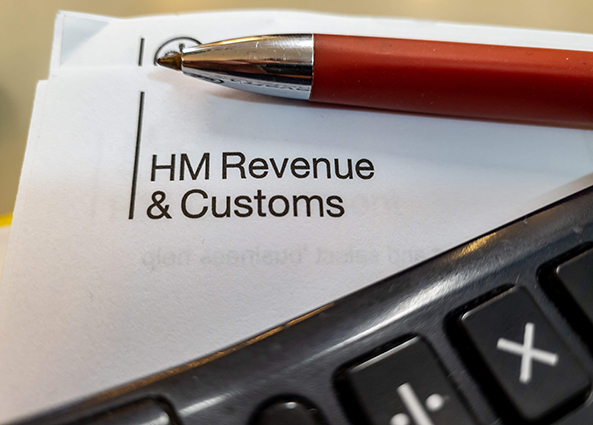Ask the Expert – Intellectual Property (IP) as a Tax Asset
30 August 2024
In this edition of “Ask the Expert,” we sit down with Sandy Findlay, Partnership Director at Visiativ, to explore how UK businesses can leverage their IP as a valuable tax asset, and go beyond merely viewing their IP as a cost centre to using it strategically, in order to achieve significant tax savings and enhance business value.
Q | Sandy, many businesses only focus on owning and protecting their intellectual property (IP), but you suggest there’s more to it. How can businesses leverage their IP as a tax asset?
You’re absolutely right that most businesses only think of IP in terms of protection—patents, trademarks, and copyrights are often seen as defensive tools. However, IP can be much more than that. By viewing IP through a strategic, tax-focused lens, businesses can unlock significant financial benefits. For instance, the UK’s Patent Box regime allows companies to apply a lower rate of Corporation Tax to profits earned from patented inventions. This can lead to substantial tax savings, effectively turning the IP into a revenue-generating asset rather than just a protective measure.
Q | What are some of the key questions management teams should ask themselves to ensure they are maximising the value of their IP from a tax perspective?
Here are some areas to focus on:
1. Are you focused on a short-term or a long-term IP strategy?
Many teams are so focused on protecting the IP they have, that they forget to look ahead and develop a view of how their IP can drive future revenues. A strategic IP plan will allow the team to identify future opportunities by developing new IP, acquiring IP (through licensing or buying third-party IP) and developing an IP roadmap in oder to plan the impact on the company’s sales streams. This maximises future revenue and margin potential and optimises the opportunities to exploit the Patent Box regime.
2. Do you fully understand the potential ROI from your IP?
It’s important that businesses see IP as a potential source of revenue and profit, not just a cost centre. By putting some time and effort into analysing the cost of developing IP and its commercial applications, management teams can make informed value decisions about where to focus their innovation efforts.
3. Are you optimising your patent portfolio from a tax perspective?
Businesses should regularly review their patent portfolio as well as the inclusion of patents in their products and services, to identify opportunities for tax optimisation. This isn’t just about managing the commercial exploitation of current patents but planning the impact of future patents on product/service offerings.
Q | Could you share a practical example of how this approach can lead to tangible benefits for a business?
Absolutely. We recently helped a client identify the best time to opt into the Patent Box scheme in order to reduce the negative impact of carried-forward losses on tax benefits. We worked with the management team to develop a forward plan to legitimately include the patented invention in all of the systems it sold, to maximise future Patent Box relief potential. For those interested, we’ve detailed this case study here.
Q | Any final thoughts for our readers?
Just that IP is often an untapped resource when it comes to tax strategy. By rethinking how you approach your IP, you can unlock new opportunities for savings and growth. It’s about seeing your IP not just as something to protect, but as something that can actively contribute to your business’s success.








